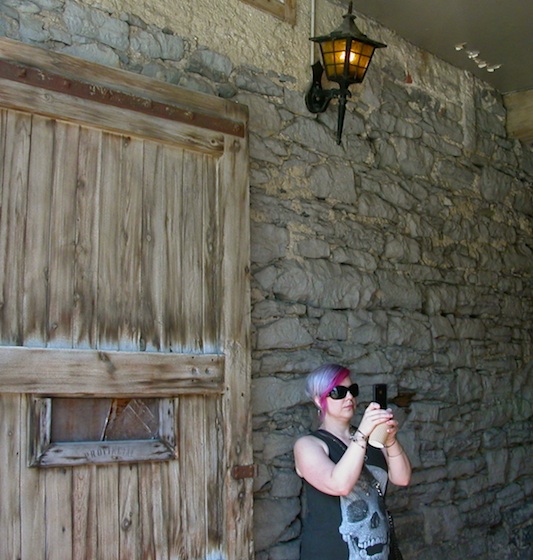
Montreal’s original founding in 1642, then known simply as Ville-Marie, by the Societe Notre-Dame de Montreal was done with the express purpose of converting the aboriginals in the region the French were calling New France to Catholicism, and was in large part a religion mission after earlier attempts at establishing trading posts had failed. Not only was a fort erected on the site, but the society would go on to bankroll the arrival of new settlers, who would house, feed, educate, and care for those who adopted their ways, and by 1659 founded the first and now oldest hospital in all of North America. However the society’s bankruptcy would return the land back to Louis XIV who took personal control over the colony in 1663 through the appointment of the Seigneurs of Montreal who oversaw its running. This would in no way diminish the Catholic character of the settlement, as religious orders like the Jesuits moved in to fill the void and continue to preach their faith.
By 1665 the first grid of streets were being laid out which included Rue Notre-Dame where the Notre Dame church was originally established before later being replaced by the Basilica that now resides there. It wasn’t until the early eighteenth century that the name Montreal, previously a reference to the mountain “Mont-Royale,” replaced that of Ville-Marie. Expansion continued as further fortifications were constructed across the settlement as threat of British invasion loomed. However such security came with the threat of so many wooden houses being in such a concentration catching fire and blazing through entire neighborhoods, a known cause of the devastating fires that had occurred across most of Europe at some point or another, resulting in 1721 a royal writ to be passed banning the further construction of wooden buildings within the settlement. While the ban was never fully respected, it did lead to more structures within these fortifications being erected out of stone, and the reason so many survived given the fires of 1765 and 1768 would still destroy almost half the buildings in the old city.
![Old Montreal under British rule [Repost]](http://www.cultureaddicthistorynerd.com/wordpress/wp-content/uploads/2012/12/oldmontreal-commercebank-150x150.jpg)
![Montreal Sites: Notre-Dame Basilica [Repost]](http://www.cultureaddicthistorynerd.com/wordpress/wp-content/uploads/2013/01/notredame-montreal-150x150.jpg)
![Old Montreal’s decline and rebirth [Repost]](http://www.cultureaddicthistorynerd.com/wordpress/wp-content/uploads/2013/02/bourassa-building-150x150.jpg)
![World’s First: Electricity-Water transformer [Repost]](http://www.cultureaddicthistorynerd.com/wordpress/wp-content/uploads/2013/03/ptevm-windmill-150x150.jpg)
![Star Wars Identities: The Exhibition [Repost]](http://www.cultureaddicthistorynerd.com/wordpress/wp-content/uploads/2012/09/identities-sign-150x150.jpg)
![History of the C.S.A. [Repost]](http://www.cultureaddicthistorynerd.com/wordpress/wp-content/uploads/2012/11/satellite-csatour-150x150.jpg)



































